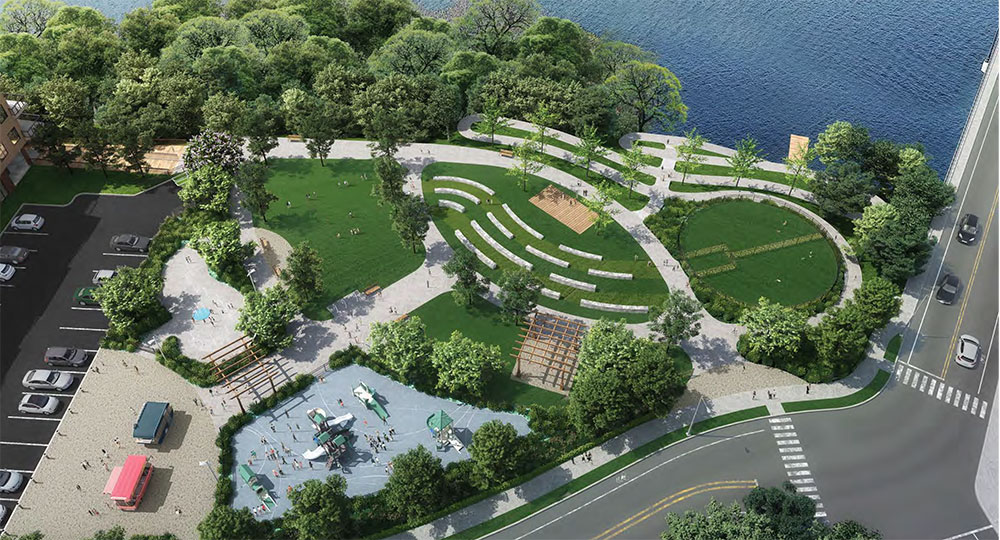The Massachusetts Bay Transportation Authority says a new plan will see a replacement railroad bridge over South Elm Street largely constructed in the air, preventing the potential chaos of simultaneous construction projects in that area.
When originally proposed back in March, plans were already in the works to improve the complex intersection of South Elm Street, Railroad Avenue and Comeau Bridge as part of a Procopio Company project to construct a 290-unit apartment complex in that area. The proposed replacement of the state-owned bridge also had the potential of conflicting with the planned reconstruction of the Ralph T. Basiliere Bridge downriver.
Speaking before the Haverhill City Council Tuesday, Community Development Director Andrew K. Herlihy said the issues have been resolved thanks to efforts by the city’s legislative delegation, Mayor James J. Fiorentini and the Council itself.
“The state allowed us to move our MassWorks grant back a full year with no penalty and, more importantly, for the MBTA to move their project up by a year or more. This will allow us to do both the traffic improvement work to support the Procopio Beck project and replace this railroad bridge at the same time,” he said.
Originally, the MBTA wanted to use property next to the Joseph Comeau Bridge as a staging site, land the Procopio Company plans to turn into a showcase public park. Herlihy said new plans, however, eliminate that problem.
“Instead, what is going to happen, the MBTA is going to construct the bridge on an overhead platform. Two lanes of traffic will be passing through underneath all the time and, at least, one sidewalk available at all times, and they will construct this bridge over the next year,” he explained.
Herlihy said, when finished, the old bridge will be removed and the new one slid into its place—a process that will be completed over a 55-hour weekend. He added, however, temporary supports needed for the project will encroach on traffic in that area for about a three-month period, requiring flag men for pedestrian and automobile traffic.
Despite the changes, not all councilors were enthusiastic. Councilor Melinda E. Barrett, who had previously asked if the new bridge could be made wider to allow an additional, right-turning lane below, did not receive the answer she sought. Karl E. Eckstrom, senior director of Massachusetts Department of Transportation’s Bridge and Structures Department explained why.
“To make the bridge longer and effectively open it up to make the roadway wider is a much more invasive project and much more time consuming and the abutments that are there are historic. They would probably have to remain in place anyway,” he said.
Herlihy added that widening the bridge would also increase the cost by millions of dollars and slow the project’s duration causing it to overlap with construction of the Basiliere Bridge. He said the project should be completed in late 2024 or early 2025, just in time for the Basiliere Bridge project to get underway.
Councilor Joseph J. Bevilacqua also expressed reservations regarding the project, asking Eckstrom if the cost will increase due to inflation.
“A year ago we were planning on something in the neighborhood of $8.5 to $9 million. Today, we’re focused on spending close to $13,” he said.
Despite the negatives, councilors generally agreed the new plan is the best track to follow. They gave the MBTA permission to use city property by a vote of 6-1 with Bevilacqua opposed and Council President and Vice President Timothy J. Jordan and John A. Michitson absent.

